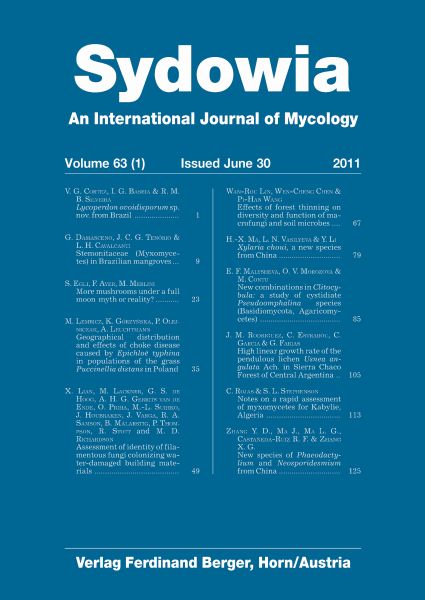
Fungi are opportunistic organisms that resemble both plants and animals, but are actually neither. They exist almost everywhere in terrestrial and aquatic environments. Fungi have properties that can make them both beneficial and toxic to humans, animals, and the environment.
Formerly classified as plants, fungi reside in their own distinct Kingdom within the Domain Eukaryota. They are divided into nine phyla, or divisions: Ascomycota, Basidiomycota, Blastocladiomycota, Chytridiomycota, Glomeromycota, Mucoromycota, Neocallimastigomycota, Opisthosporidia, and Zoopagomycota.
Mycology is the study of fungi. The word comes from the Greek word for mushroom, mykes. Medical mycology is the study of fungus organisms that cause disease in humans.
A mycologist studies the properties of fungi such as yeasts and molds. They also study ways in which fungi can be used to benefit society (for example, in food or the environment) and the risks fungi may pose. (U.S. Occupational Outlook Handbook)
Related reading:
*= in LHL print collection
 Fungal biology
Fungal biology
 Herzogia
Herzogia
 Lichenologist
Lichenologist
 Mycological research
Mycological research
 Sydowia
Sydowia
 Smith's Introduction to Industrial Mycology
by
Smith's Introduction to Industrial Mycology
by
A Reference Specialist is available during library hours, Monday through Friday from 10:00 a.m. to 5:00 p.m. CST.
Contact us:
Click to Get Started at Linda Hall Library.